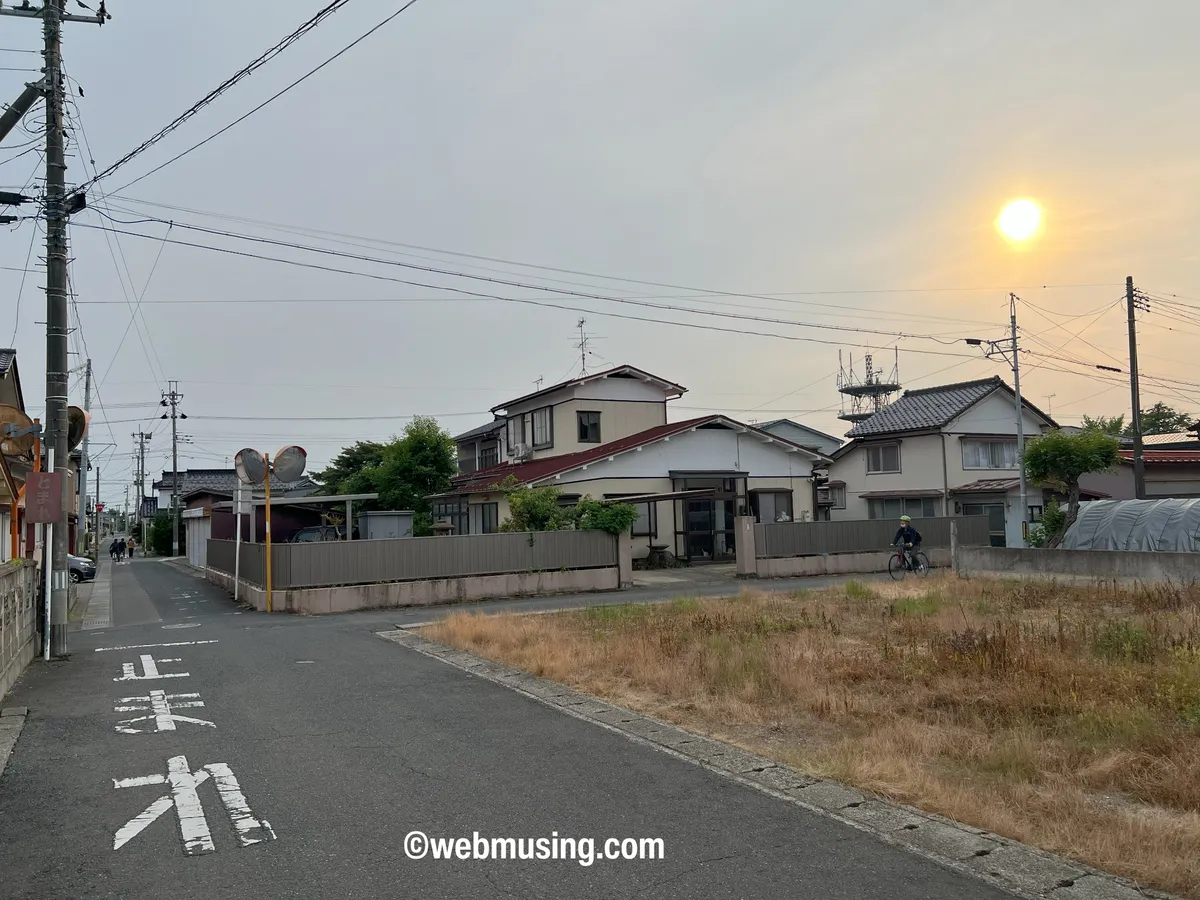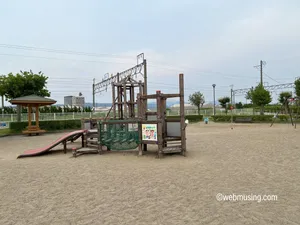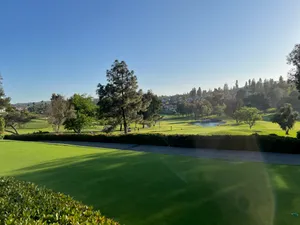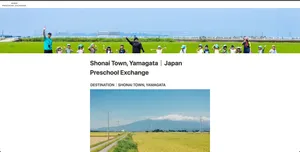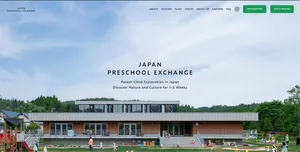The Japan Preschool Exchange Program for Shonai starts on a Sunday and ends on a Saturday, regardless of the weeks you choose to spend in the program.
As we stayed at Hotel Villa Fontaine Grand Haneda Airport, located within Haneda Airport Terminal 3, we had to take the train to Terminal 2 to board a domestic flight to Shonai with ANA.
A word of caution when changing from an international flight to domestic travel. My wife was gleeful when she took a business class flight from Singapore to Narita Airport because the baggage allowance was 40 kg. She packed whatever she wanted to pack for the trip.
However, domestic flights have a lesser baggage allowance than international flights. I had to remind my wife that ANA's baggage allowance is only up to 23 kg per piece.
We didn't have to pay additional baggage fees, as I happened to have Star Alliance Gold status, and ANA is a member of Star Alliance.
Onwards To Shonai
The flight from Haneda Airport to Shonai Airport is about an hour, but the actual flight time is around 25 minutes. We spent more time on the tarmac than in the air.
Our first experience with the program is not at the school but at Shonai Airport. Two persons were waiting for us at the airport with a flash card, as mentioned in my previous post.
I initially thought it would be the school staff who would welcome us, and I was surprised that the two persons, Kusakabe-san and Imayi-san, were from the Shonai Town Office. Kusakabe-san spoke some English, and he was able to guide us to our next steps.
After arriving at the airport, it was time to get our rental car. ORIX Rent-A-Car offers a shuttle bus service from the airport to their rental center, and the two officers assisted us in loading our luggage onto the bus.
The staff at ORIX were prepared. As soon as they knew I was a foreigner, they handed me a folder with all the details needed with my name on it.
Although the staff had some English documents for me to review, many of the forms were in Japanese. Google Lens could be handy if you want to translate the documents into English and understand what you're signing.
I rented a standard, 5-seater car, which was always a reasonable size when I rented cars in Singapore or the United States. However, I didn't read the fine print carefully, and their standard-sized car was a Toyota Yaris 1.5, which felt more like a compact car than a mid-sized one.
When our luggage couldn't fit into the Toyota Yaris, the officers from the Shonai Town Office offered to load our luggage into their vehicle instead. They were present to guide us to our accommodation anyway, and they didn't mind doing it for us. I was equally thankful and embarrassed at the same time.
My wife suggested that we change the size of our car at the rental center instead, as we will be returning to Shonai Airport at the end of the program, and the vehicle isn't big enough to accommodate our luggage. I didn't want to make the officers wait for us, so we held on to the car for the time being.
It turns out that the car is compact enough to drive through some of the narrow lanes within the town. It could have been problematic with a bigger car because the turning angles would have been large, and I could have scratched the car.
I couldn't figure out whether it was better to have a bigger car or a smaller one. After all, if I needed to transport the luggage to Shonai Airport, I could always make a couple of trips to the airport before returning the car.
The officers proposed guiding us to our accommodation by driving ahead, and we followed them. We took their cue, and they drove slowly so that we could follow them.
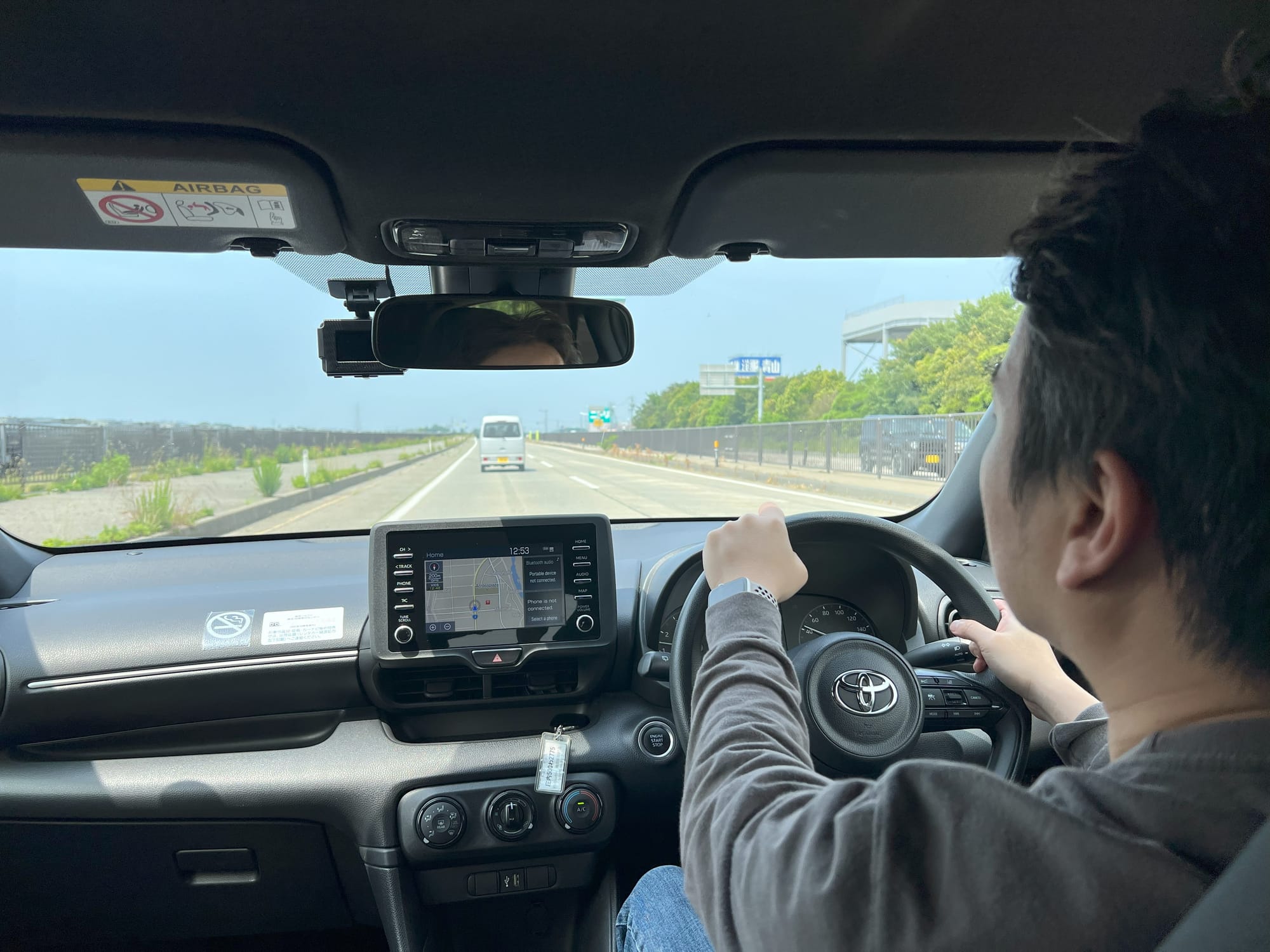
There weren't many cars on the road, and we saw many rice fields stretching across the horizon. Driving in Shonai isn't difficult at all.
Arriving At Amarume
Amarume is a neighborhood that was once a town until it was merged with another town to form Shonai. Our accommodation was within walking distance of the Amarume Train Station.
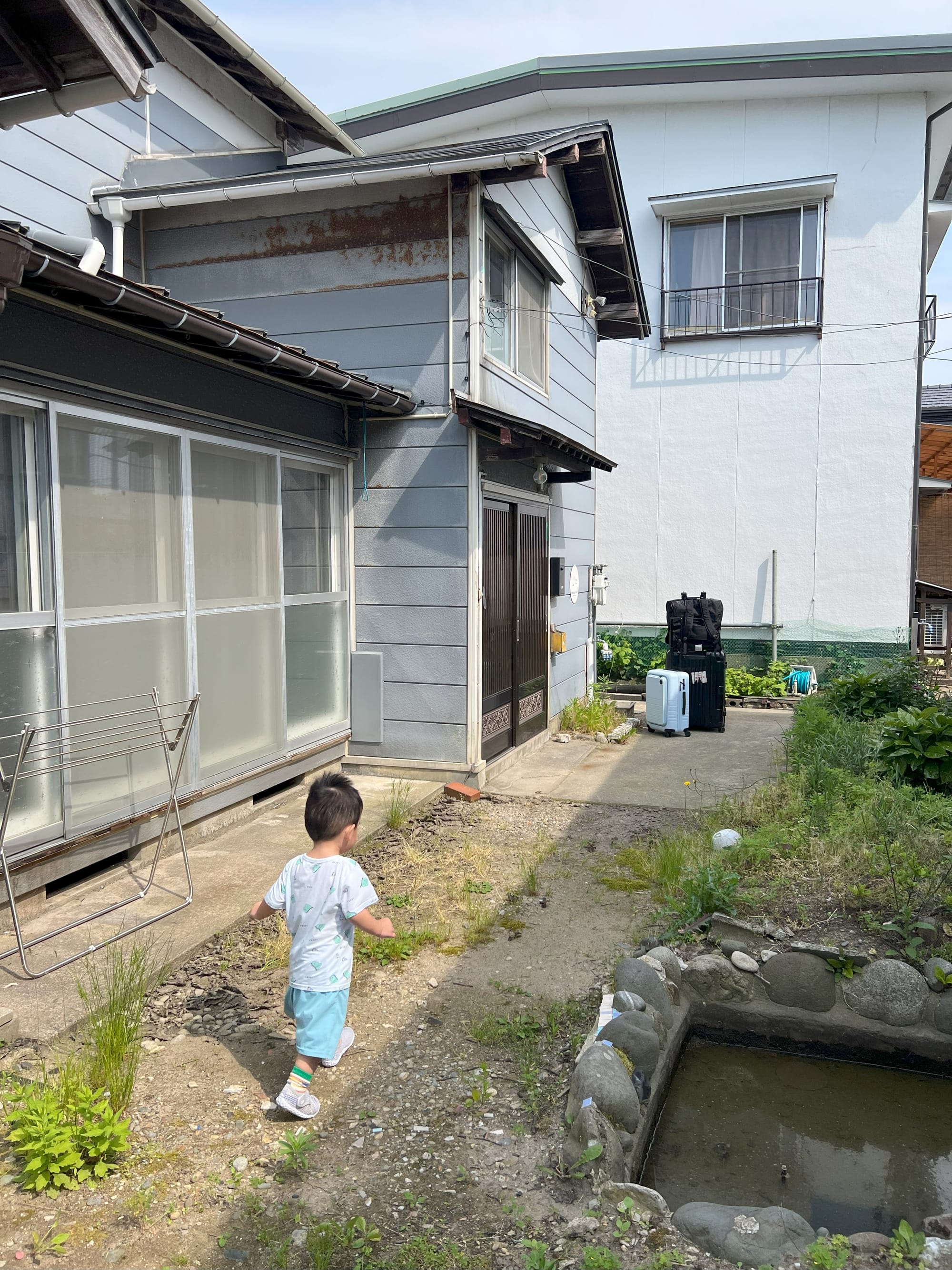
It's hidden behind a public-use building, and it's not easy to drive to because Google Maps doesn't show the correct road where we could park our car.
As we arrived early by a couple of hours, our landlady wasn't there to check us in yet, so I suggested to the officers that we find a restaurant for lunch.
From here on, we went everywhere on foot. Unlike in the States, where people would drive everywhere, the locals would walk everywhere instead.
The officers brought us to a local mom-and-pop shop that sells ramen. There is only a single type of soup ramen, and we can order a small, medium, or large bowl of noodles.
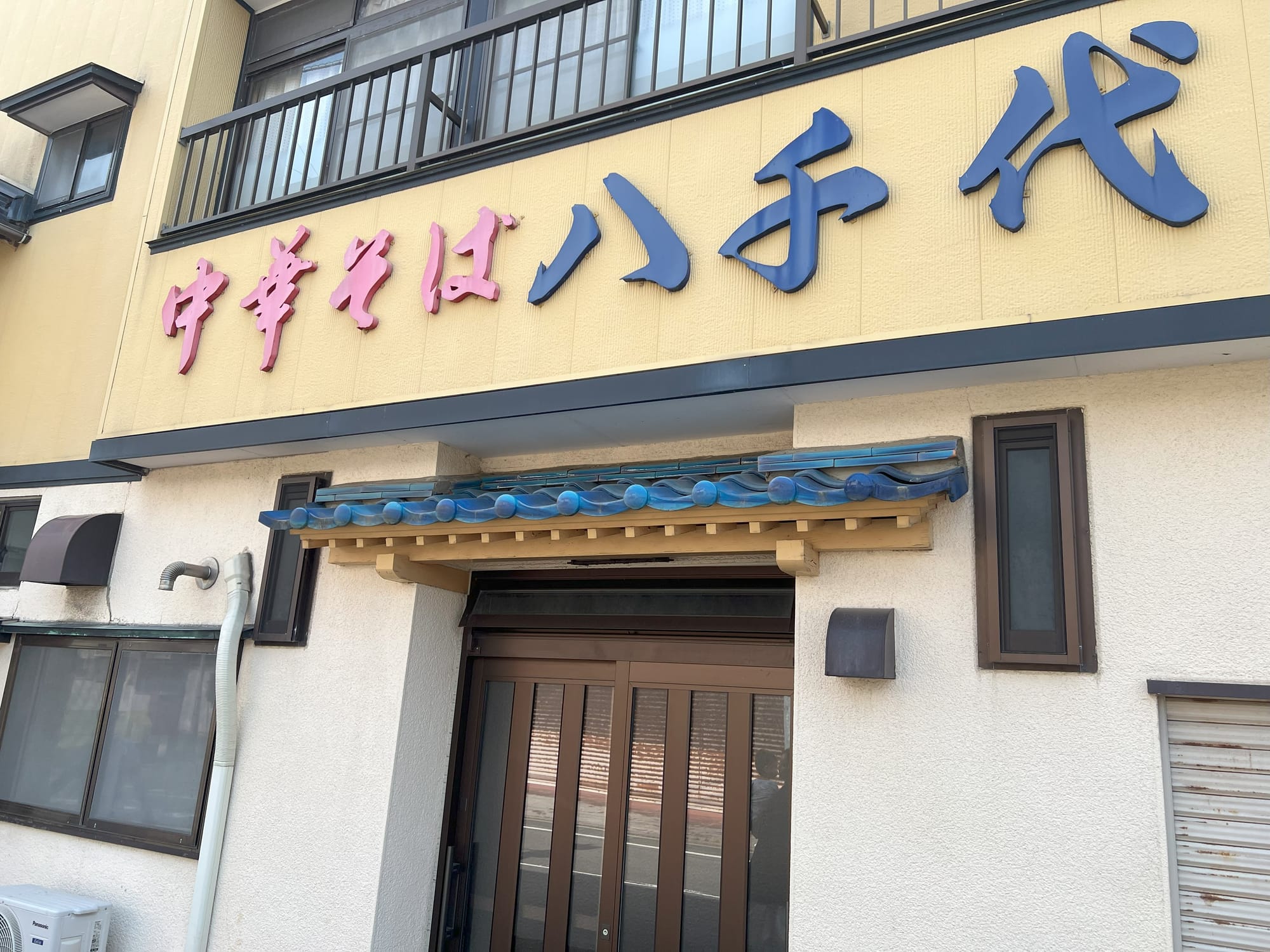
The food tastes good! My wife regretted that she had only taken a small portion.
Many of these mom-and-pop shops cannot be found on Google Maps, or you may have to type in Japanese for the shops to show in Google. You'll have to explore the area to find out where they are.
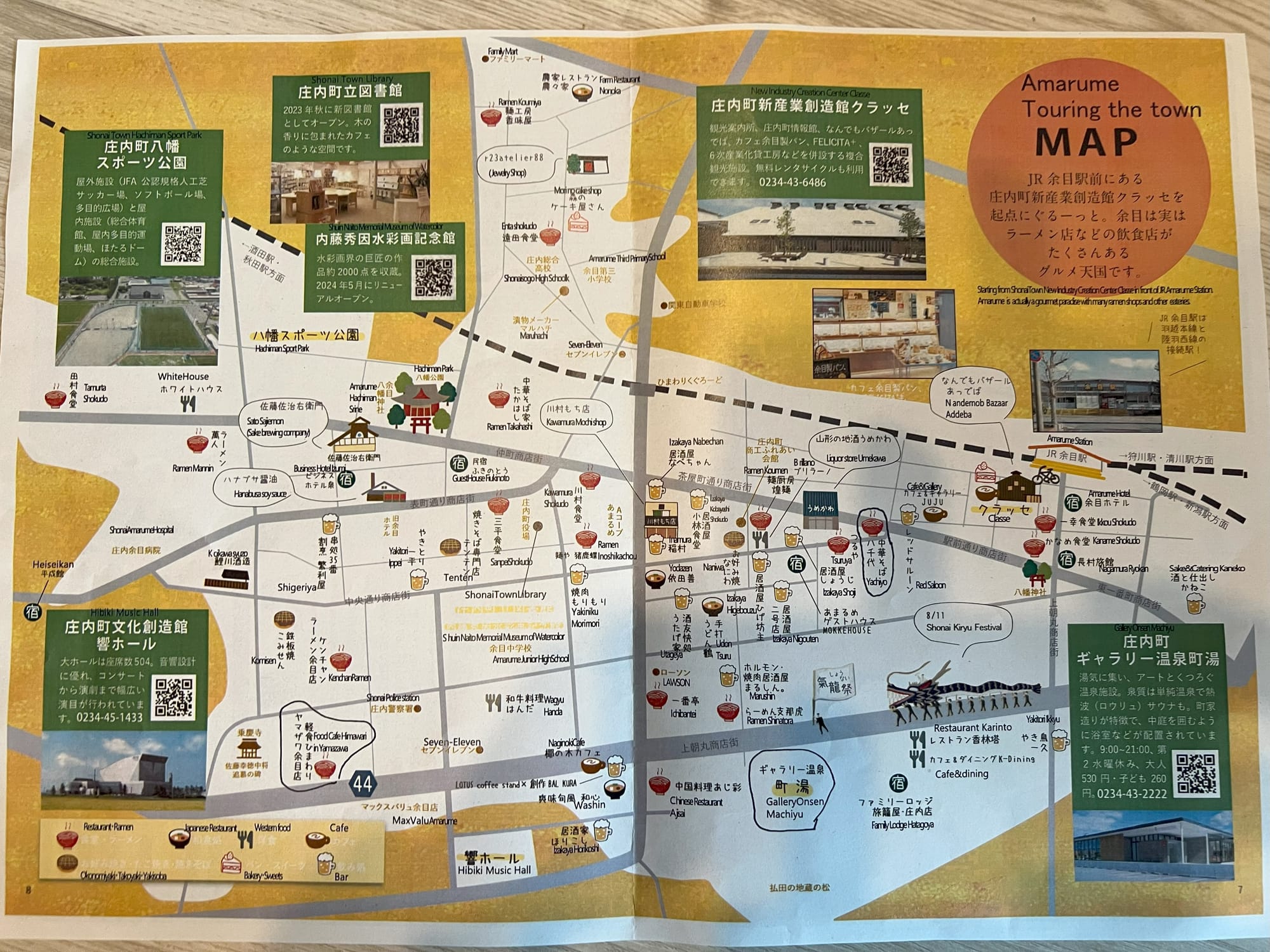
Kusakabe-san provided a map for us as a rough guide to the local restaurants and shops around our living quarters.
The shop owners communicate primarily with Japanese, and I would:
- Translate their menu by taking a photo with Google Lens, which offers translation options.
- Point at the item within the menu after figuring out what I want.
It works well most of the time, and the people are patient, knowing that you don't know their local language.
Credit card payments are not available in the majority of local shops. They mainly use cash or an e-wallet app called Paypay.
I wanted to pay for the meal, but the officers paid for my family's meal instead. I'm thankful for their hospitality.
We had additional time before the landlady was ready, and we asked if we could visit a supermarket.
There are three different supermarkets in Amarume: A-Coop, Yamazawa, and MaxValu.
We went to A-Coop, and I realized that they also do not accept credit card payments.
I started to think about the amount of cash we had brought into the trip. I knew that for mom-and-pop shops, it would be primarily cash payments, but I didn't realize that some local supermarkets do not accept credit card payments.
I tried downloading the PayPay app, but it wasn't available on my Google Play Store or Apple App Store. After searching online, I realized I needed a Japanese account to download the app and transfer money from a Japanese bank account. Paypay is out of reach for me on this trip.
We went back to the accommodation, and the landlady, Suzune-san, was able to introduce us to our lodging.
Our Accommodation
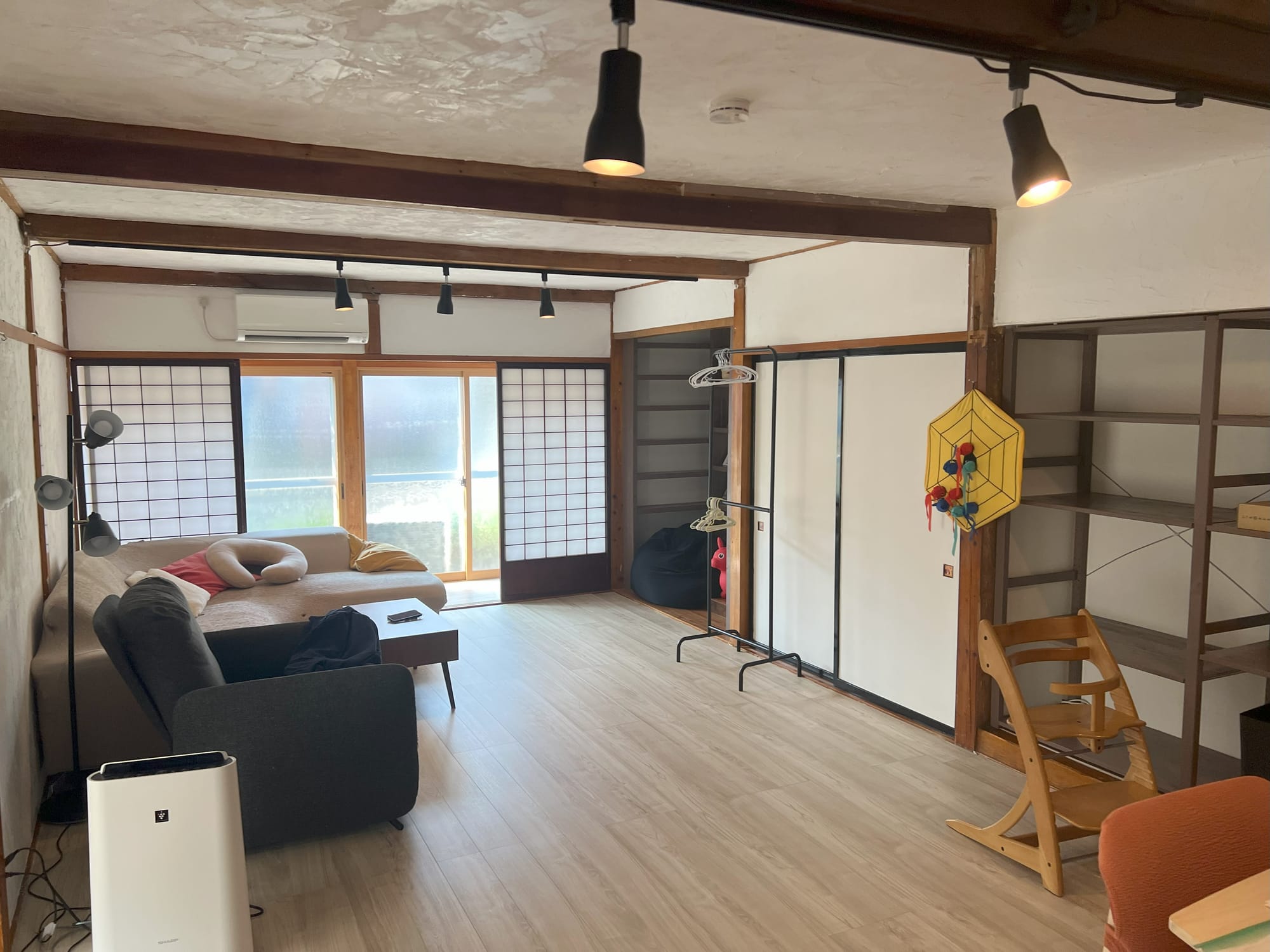
The accommodation is exactly as advertised in the photos. It is a traditional Japanese house featuring wooden sliding windows that serve as gates from one area to another.
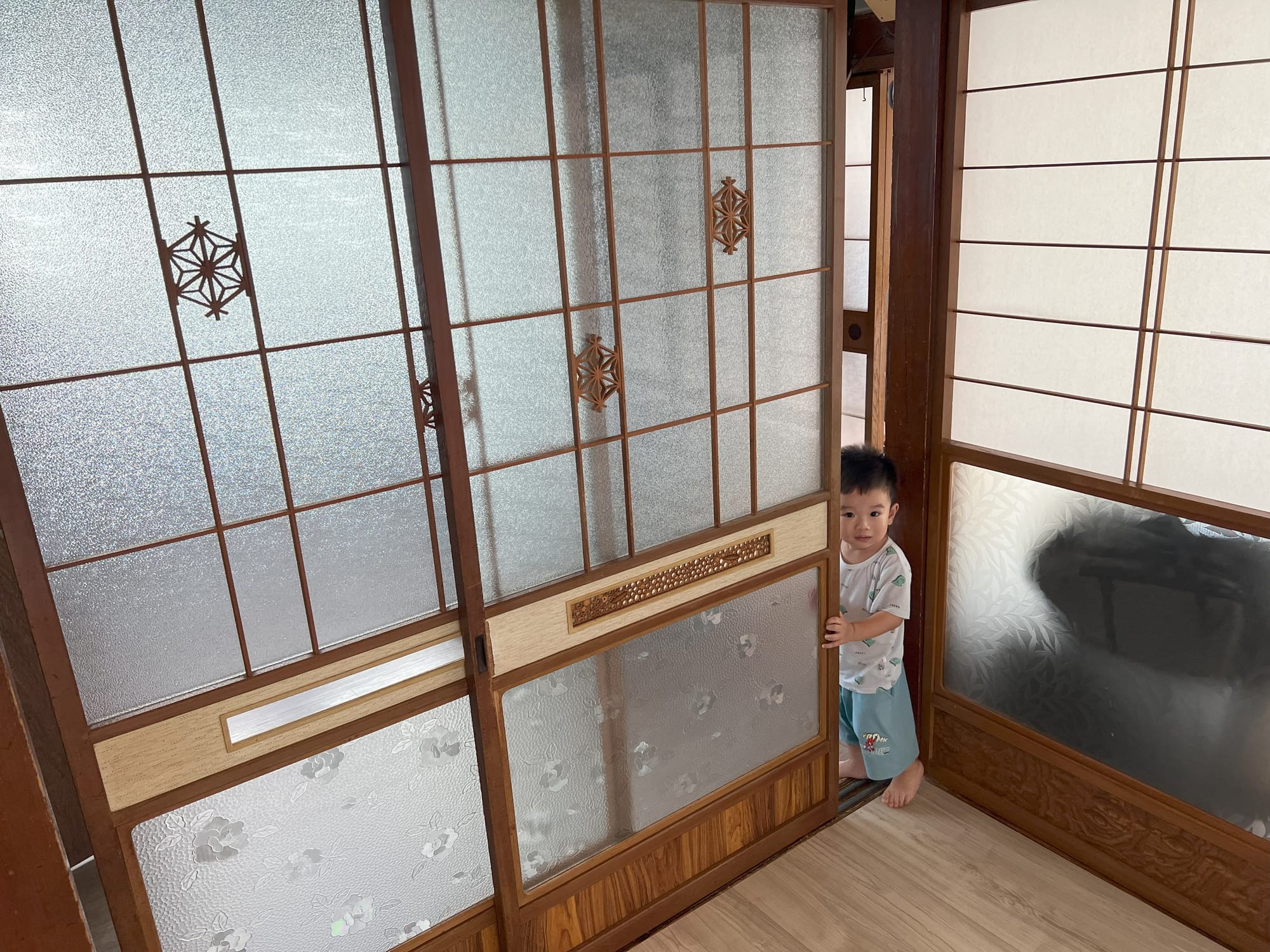
My son liked it so much that he was running in circles in the house and playing with the sliding doors. It is roomy for him to run around.
There's a corner for children, where toys and books are available. The landlady provides these as part of our stay.
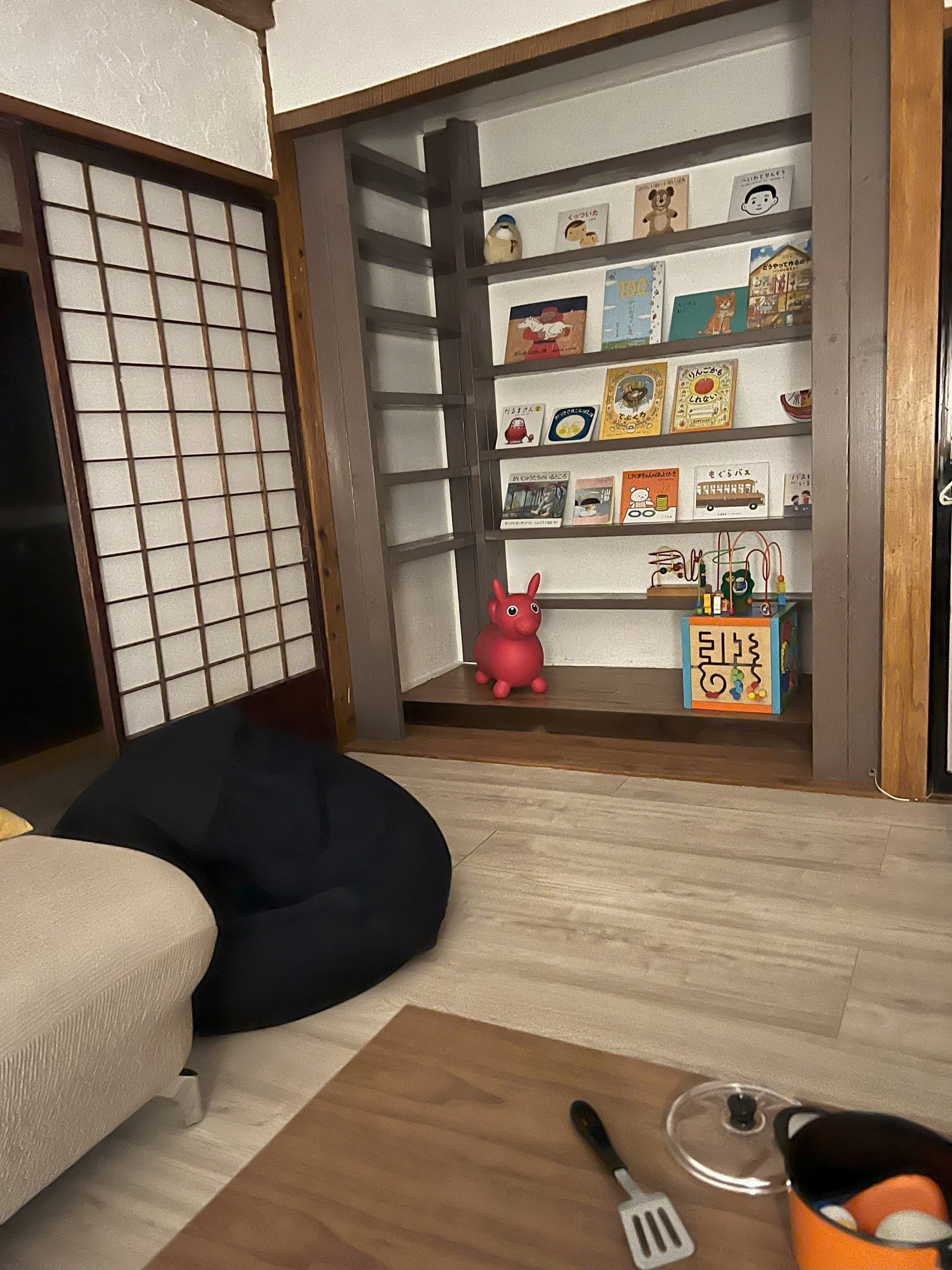
The only caveat is that the books are in Japanese. I'm not sure how to read to my son with these books.
The washing machine doubles as a dryer, too. Suzune-san provided a list of appliances with QR codes to access their instruction manuals. As usual, those instructions are in Japanese, and hence, you'll need Google Lens to translate them into English.
Suzune-san also provides a computer monitor if you want to work during your stay at the program. I was fully prepared with my laptop, which has dual screens, so I didn't need to use it.
One appliance missing in this house is the television. I wanted to explore some Japanese shows for fun, but I couldn't find any.
2 queen-sized beds in the bedroom are placed side-by-side with each other for our rest.
We'll have to clear our garbage and take it to a designated garbage collection point every week at specific times. You can't put it out too early or too late because it is the exact place where they would collect recycling items, and it is poor etiquette for the community to see or smell garbage during the day.
The days of a Japanese week were confusing for me. It follows an oriental five elements system, which I learned from comics:
- Sunday: 日曜日 (にちようび, Nichiyōbi) - Sun
- Monday: 月曜日 (げつようび, Getsuyōbi) - Moon
- Tuesday: 火曜日 (かようび, Kayōbi) - Fire
- Wednesday: 水曜日 (すいようび, Suiyōbi) - Water
- Thursday: 木曜日 (もくようび, Mokuyōbi) - Wood
- Friday: 金曜日 (きんようび, Kinyōbi) - Gold / Metal
- Saturday: 土曜日 (どようび, Doyōbi) - Earth
The local community communicates in this fashion, and they will rest on weekdays according to the elements above.
I couldn't remember which day they were referring to when they put up the signboards in their shop, so it's handy to have a reference.
Musings For The Day
After Suzune-san and the officers left, we spent the rest of the day settling down in our new lodging. We went to the supermarket to buy some supplies and food for cooking, as children's meals can be a little too savory and fried at times. Cooking ensures that our son has a balanced diet for one of his meals.
Outside of that, we look for restaurants to explore with the family.
In hindsight, I would've prepared more cash on hand than necessary. If a local supermarket does not accept credit card payments, I have little confidence that other services, such as gas stations or parking, will accept credit cards.
I didn't see any Uber or ride-hailing services throughout the town. If you're thinking of getting around with a ride-hailing app, think twice.
Shonai Town has around 20,000 inhabitants, which is relatively small considering the total area is approximately 96 square miles or 249.17 square kilometers.
Singapore is approximately 284.1 square miles or 735.7 square kilometers in size, but its population has surpassed the 6 million mark.
You can imagine how quiet the town can be by numbers alone. Singapore is approximately three times larger than Shonai, but its population is incredibly dense. It is an excellent place for a family retreat if you're looking for a quiet and relaxing environment.
My wife prefers the countryside over the city because both offer the same food and quality, but the countryside is more affordable. The city provides better shopping options though, and so if you're looking for a shopping trip, the countryside may not be for you.

